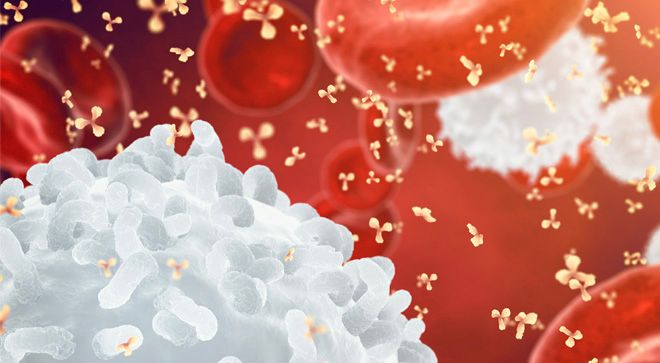Article
Tecartus for MCL: Expert Reflects After a Year Since FDA Approval
Author(s):
Tecartus was the first CAR-T cell therapy to be approved for the treatment of recurrent mantle cell lymphoma. Now, more than a year after its approval, a doctor discusses his experience prescribing the drug.
Dr. Luhua (Michael) Wang clearly remembers the day last summer when the CAR-T cell therapy Tecartus (brexucabtagene autoleucel) first gained Food and Drug Administration (FDA) approval for the treatment of patients with recurrent mantle cell lymphoma that has not responded to other treatments.
Since then, Wang, professor in the department of Lymphoma & Myeloma at The University of Texas MD Anderson Cancer Center, has been treating patients with the drug, and has witnessed some outstanding results. He presented patient data from his institution alongside other major cancer centers at the recent Society of Hematologic Oncology (SOHO) Ninth Annual Meeting.
“This is a really exciting time for our patients and their families, because this therapy could put patients into long-term remissions,” Wang said.
Approval Data Holds True
Tecartus was the first CAR T-cell therapy approved for this patient population. The approval was based on findings from the ZUMA-2 trial – for which Wang was the lead investigator – that showed that 87% of patients responded to a single Tecartus treatment, with 62% achieving a complete response (meaning that there was no detectable cancer left) after the CAR-T cell therapy infusion.
Real-world data in patients who Wang has treated since the clinical trial have been relatively the same, he said. Even better, clinicians now have more knowledge and a better way to treat the side effects that can come along with CAR-T cell therapy treatment, such as cytokine release syndrome (CRS), neurotoxicity, B-cell depletion and infections.
“I feel that toxicity is much easier (to manage) these days, because we are better-equipped,” Wang said. “However, you can never let your guard down, because CAR T-cell therapy is relatively new, and the complications can still be life-threatening at times.”
If patients experience a high fever, low blood pressure, irregularly fast heartbeat, weight fluctuations or a change in blood lab work, they should contact their health care team immediately.
Expanding Use of CAR-T Cell Therapy
While the use of CAR-T cell therapy is an exciting advancement for mantle cell lymphoma and other types of blood cancers, it is not yet completely adopted, as some community cancer centers are still using older standards of care to treat these patients. However, that is starting to change.
Wang explained that clinical trials are conducted at academic research centers, then the data is analyzed leading to the FDA approval. After that, the academic field – made up of researchers/clinicians like Wang – will present to community doctors on the new treatment.
“So there’s a lag time, but in my opinion, it’s not that much anymore,” he said. “We no longer have to do presentations in person through communities. We can do it on the computer; the efficacy of the communication between academic and the community is rapidly improving.”
Educated patients who inquire about CAR-T cell treatments also help move the needle toward more wide usage of the therapy.
“Patients are a very educated population, and patients and their young families are searching the web all the time for knowledge on mantle cell lymphoma, new therapies and have contacted people like me and other doctors around the U.S.,” Wang said.
Real-world data of Tecartus and other CAR-T cell therapies continue to be collected, and the drugs are under investigation for more blood cancers, too.
“I really think that for CAR-T cell therapies, the efficacy and safety will continue to spread, and the usage will continue to rise,” Wang said. “The future is bright.”
For more news on cancer updates, research and education, don’t forget to subscribe to CURE®’s newsletters here.




